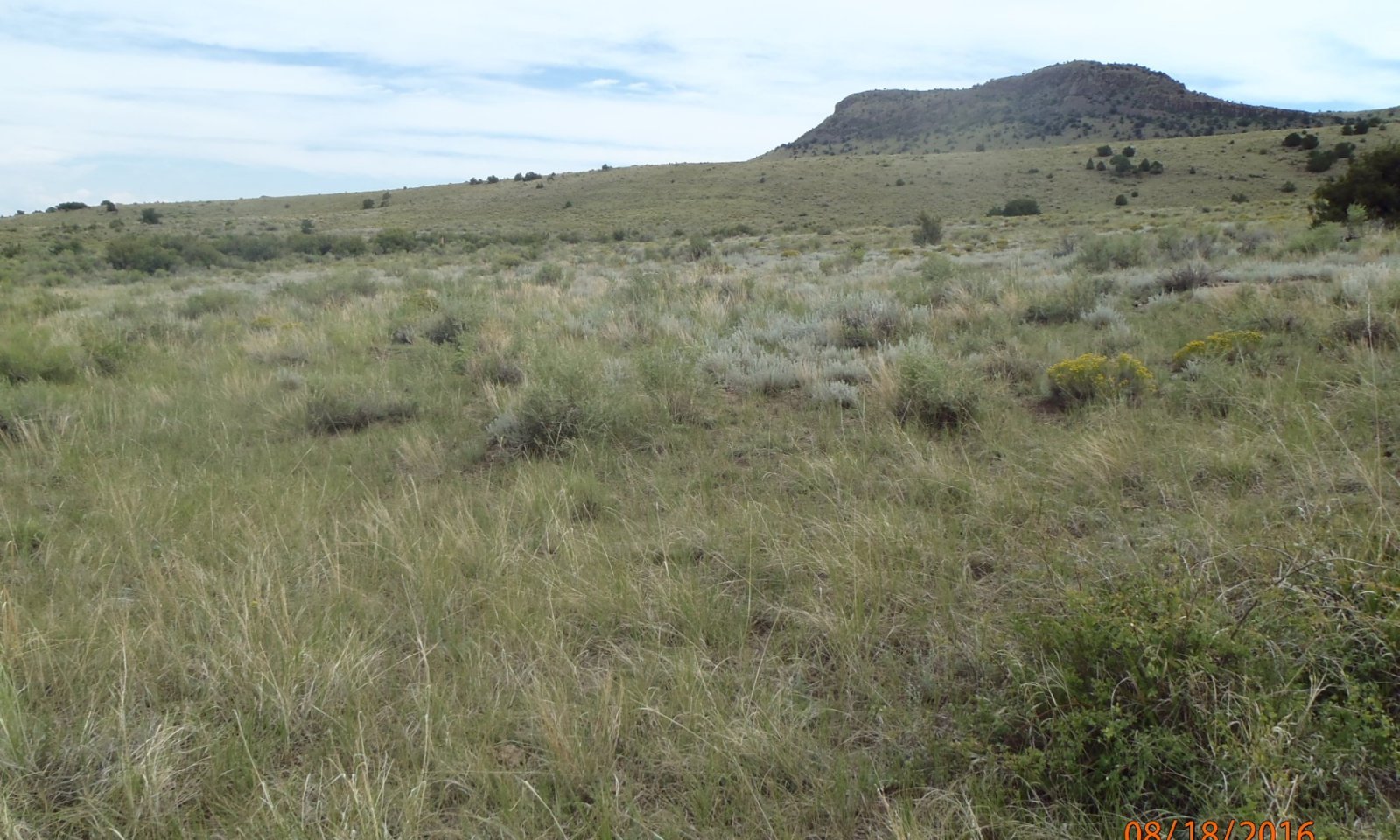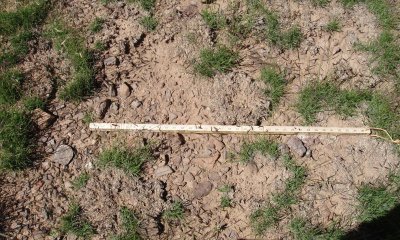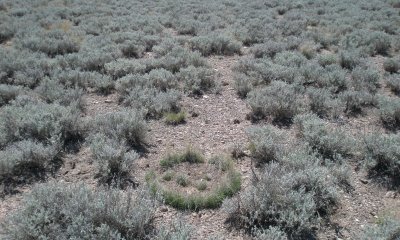
Limy Bench
Scenario model
Current ecosystem state
Select a state
Management practices/drivers
Select a transition or restoration pathway
- Transition T1A More details
- Transition T1B More details
- Restoration pathway R2A More details
- Transition T2A More details
- Restoration pathway R3A More details
-
No transition or restoration pathway between the selected states has been described
Target ecosystem state
Select a state
Description
The reference state contains a mix of cool and warm season grasses along with shrubs and forbs. Common shrubs include winterfat and fourwing saltbush. There may be scattered plants of Greene's rabbitbrush, fringed sage, snakeweed, rubber rabbitbrush, and yucca. Grasses are well distributed through the stand and make up nearly half the annual yield. Indian ricegrass, squirreltail, and blue grama are usually the main grasses. Western wheatgrass is common in places, and purple threeawn is usually present. Scarlet globemallow and other forbs are of minor importance.
Resilience management
The reference state holds the greatest opportunity for the site to resist disturbance. Bare ground is minimal, water capture, penetration, and infiltration is maximized. A diversity of plant and root systems interact with soil flora and fauna to maximize soil health. And a mix of cool and warm season plants maximize energy capture and carbohydrate synthesis.
Submodel
Description
Sand dropseed and blue grama are co-dominant. Squirreltail and Indian ricegrass have observed but are very sparse. Young winterfat plants have been observed with virtually no mature plants. Other common species include: galleta, Greene's rabbitbrush, and rubber rabbitbrush. Cool season grass and shrub species have been greatly reduced.
Resilience management
The site has become less resilient due to both a loss of the cool season component and an overall loss in above and below ground production. The cool season component is necessary to fully take advantage of cool temperatures and moisture in the spring and early fall. By removing the cool season component, the site suffers by reductions in soil organic matter, water capture, water retention, and cover against erosion.
Submodel
Description
Winterfat dominates the plant community, while a few other remnant grass and shrub species are present. The soil, has formed a crust due to rain-drop erosion and the accumulation of carbonates at the surface. Species diversity is very low. Wildlife habitat is low. In some localized areas a desert pavement has formed. .
Submodel
Mechanism
The major long-term driver is annual grazing throughout the spring with repetitive defoliation and high utilization, slowly decreasing cool species vigor and decreasing site resistance to soil erosion. The eventual trigger event is often high utilization during drought.
Mechanism
It could be possible that in decades past most of the plant community was grazed out. This was then followed by decades of non-use. Eventually, due to capillary action and rain-drop erosion, a high lime "soil cap" is formed. This soil surface condition retards grass establishment, and allows winterfat to have virtually no competition. .
Mechanism
Ecological processes need to be restored which will take many years. Luckily the site is covered with frags, mostly gravel, therefore the soil surface is somewhat protected from erosion. Long-term low utilization and rest in the spring and fall will most likely be needed to allow colonization of cool season species. Maintaining adequate cover during the winter will also be important to provide warmth during low temperatures and capture for drifting snow.
Mechanism
In theory, long-term abandonment of a degraded state for many years will cause winterfat to re-establish and dominate to the exclusion of other species. It gains a competitive advantage as soils create a crust that greatly reduces the hydrologic function of the site and makes it difficult for other species to germinate. Carbonates also tend to accumulate near or on the surface which also restricts establishment by other species.
Mechanism
Possibly a disturbance to knock the winterfat back plus interseeding of range species with a high tolerance for calcareous soil, may in theory start a restoration process.If a restoration process were to start and livestock grazing were re-instituted, an active monitoring component and adaptive management is needed for success.
Model keys
Briefcase
Add ecological sites and Major Land Resource Areas to your briefcase by clicking on the briefcase (![]() ) icon wherever it occurs. Drag and drop items to reorder. Cookies are used to store briefcase items between browsing sessions. Because of this, the number of items that can be added to your briefcase is limited, and briefcase items added on one device and browser cannot be accessed from another device or browser. Users who do not wish to place cookies on their devices should not use the briefcase tool. Briefcase cookies serve no other purpose than described here and are deleted whenever browsing history is cleared.
) icon wherever it occurs. Drag and drop items to reorder. Cookies are used to store briefcase items between browsing sessions. Because of this, the number of items that can be added to your briefcase is limited, and briefcase items added on one device and browser cannot be accessed from another device or browser. Users who do not wish to place cookies on their devices should not use the briefcase tool. Briefcase cookies serve no other purpose than described here and are deleted whenever browsing history is cleared.
Ecological sites
Major Land Resource Areas
The Ecosystem Dynamics Interpretive Tool is an information system framework developed by the USDA-ARS Jornada Experimental Range, USDA Natural Resources Conservation Service, and New Mexico State University.




